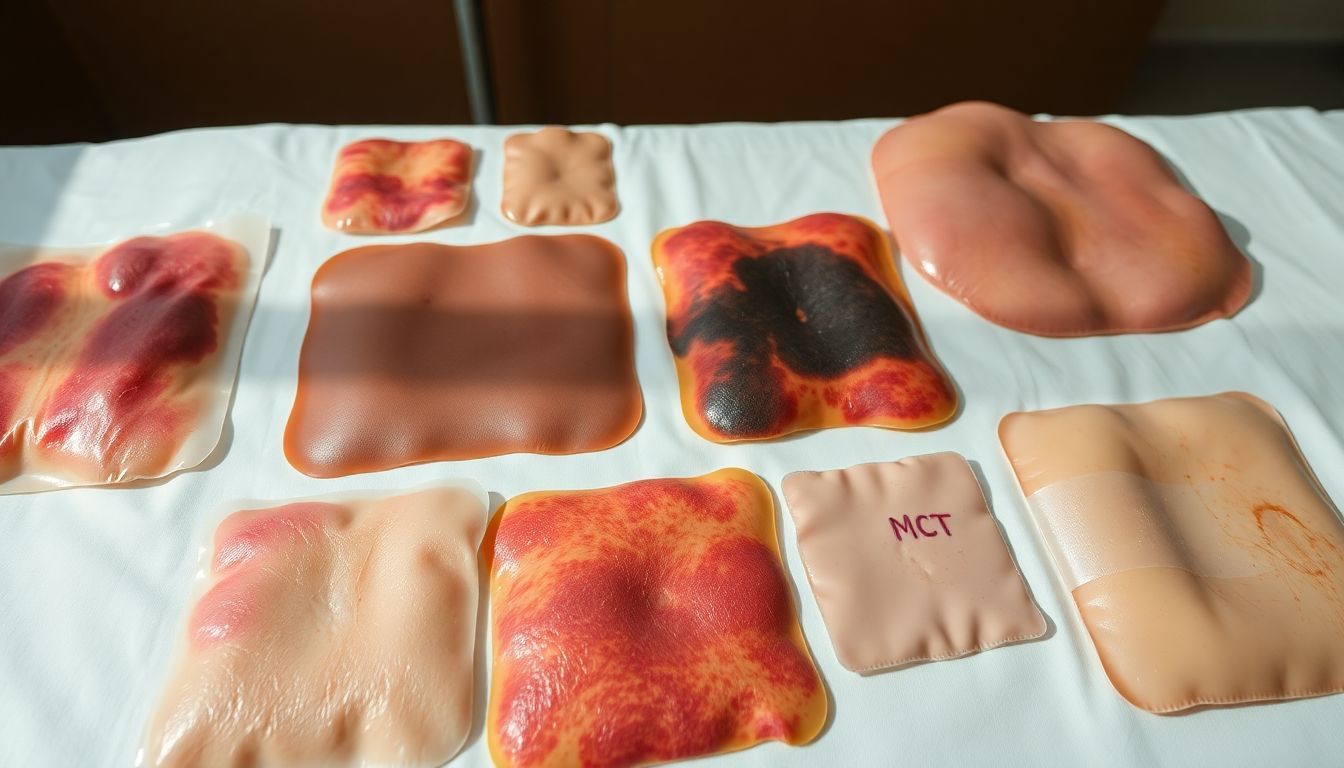Laser hair removal burns can cause serious harm and leave victims in pain. Each year, many people suffer injuries from botched laser treatments. This article will guide you through the steps to file a lawsuit for laser hair removal burn injuries.
Learn how to protect your rights and seek fair compensation.
Key Takeaways
- Assess burn severity and gather evidence like photos, medical records, and witness statements to support your case.
- Identify liable parties, which may include service providers, spas, equipment makers, or supervising doctors.
- Consult a personal injury lawyer, as they can guide you through the legal process and help build a strong claim.
- You can often still sue even if you signed a waiver, especially if gross negligence occurred.
- File your lawsuit within 3 years in New York, and be prepared for potential settlement talks or a trial to seek compensation for medical costs, lost wages, and pain and suffering.
Assessing the Severity of Your Burn Injury

After learning about laser hair removal burn injuries, it’s crucial to assess the severity of your burn. Burn injuries fall into different classes based on their depth and affected body surface area.
Doctors classify burns as superficial (first-degree), partial-thickness (second-degree), or full-thickness (third-degree). Major burns cover more than 10% of the body in older adults, 20% in younger adults, and 30% in children.
The severity of a burn injury determines the course of treatment and potential long-term effects.
Burn severity impacts the body’s inflammatory response, which can lead to a hypermetabolic state lasting up to three years. This state affects healing and recovery. Inhalation injuries often occur with burns and can cause lung problems.
Burn depth, size, and location all play key roles in assessing injury severity and planning treatment.
Gathering Evidence and Documentation
Gathering evidence is crucial for a successful laser hair removal burn lawsuit. Strong documentation supports your case and helps prove negligence. Here’s how to collect and organize important evidence:
- Take photos of your injuries: Capture clear, dated images of burns from multiple angles. These visual records show the extent of damage over time.
- Keep all medical records: Save bills, treatment notes, and test results from doctors who treated your burns. This proves the severity of your injuries and related costs.
- Document rehabilitation: Track any physical therapy or other rehab needed for your recovery. Note dates, providers, and progress made.
- Verify technician qualifications: Obtain records of the laser operator’s training and certifications. This helps establish if proper standards were followed.
- Identify facility ownership: Find out who owns the business where you got burned. This information is needed to name the right parties in your lawsuit.
- Record financial losses: Track all costs tied to your injury, including medical bills and lost wages. This helps calculate your total damages.
- Collect witness statements: Ask anyone who saw your procedure or injuries to provide written accounts. Their testimony can support your claims.
- Preserve communication records: Save any emails, texts, or letters between you and the laser hair removal provider about your treatment or injury.
Identifying Liable Parties
Laser hair removal burn victims must pinpoint who’s at fault for their injuries. Service providers, spas, or equipment manufacturers could be liable. In New York, employers face responsibility for their staff’s negligent actions on the job.
This legal concept, called respondeat superior, means bosses may pay for workers’ mistakes.
Fraud plays a role in about 15% of laser burn cases. Some businesses lie about their staff’s qualifications to perform treatments. Doctors might share blame too, especially if they supervised untrained workers.
Victims should gather proof of negligence, like incorrect laser settings or skipped patch tests. This evidence helps build a strong case for compensation.
Consulting a Personal Injury Attorney
After identifying liable parties, the next crucial step is to consult a personal injury attorney. Legal experts can guide you through the complex process of filing a lawsuit for laser hair removal burn injuries.
Many law firms offer free consultations to assess your case. During these meetings, attorneys will review your evidence and help determine the strength of your claim.
Personal injury lawyers play a vital role in building a strong case. They obtain treatment records, investigate spa ownership, and interview witnesses. These actions help create a solid foundation for your lawsuit.
Experienced attorneys also understand the nuances of personal injury law and can navigate potential challenges that may arise during the legal process.
Proper legal representation is crucial for building a case.
Supplementary insights on Laser Hair Removal Burn Lawsuits
Laser hair removal burn lawsuits involve complex legal issues. Understanding these cases can help victims seek justice and fair compensation.
Common Causes of Laser Hair Removal Burns
Laser hair removal burns often result from improper use of equipment or poor technique. Excessive heat exposure is a major culprit, causing skin damage and painful burns. Technicians may use lasers that are too powerful for a person’s skin type, increasing the risk of injury.
I once witnessed a client suffer severe burns because the technician failed to adjust the laser settings for her darker skin tone.
Treating recently tanned or waxed skin also raises the chances of burns during laser hair removal. The skin becomes more sensitive after these treatments, making it prone to damage from laser energy.
Incorrect laser frequency settings and holding the device on one spot for too long can lead to burns as well. These mistakes highlight the importance of proper training and safety measures in laser hair removal procedures.
Can You Sue After Signing a Waiver?
Moving from the causes of laser hair removal burns, let’s explore your legal options after signing a waiver. Many people think a waiver stops them from suing, but that’s not always true.
Waivers don’t protect companies from their own negligence or misconduct. In fact, you can still file a lawsuit if the company was careless or reckless. This applies even if you signed a form before treatment.
Courts often don’t enforce waivers that cover gross negligence or intentional harm. For example, if a laser technician ignored safety rules or used the wrong settings on purpose, you could sue despite the waiver.
In Illinois, waivers signed by parents for their kids aren’t binding in court. This means minors have more legal options if they get hurt during laser hair removal. Many lawyers offer free talks about these cases, so you can learn your rights without paying upfront.
Filing the Lawsuit
Filing a lawsuit for laser hair removal burn injuries requires careful preparation and legal expertise. The process involves several critical steps to ensure your case is properly presented in court.
- Meet with your attorney to review all gathered evidence and documentation.
- Prepare a formal complaint outlining the details of your case, including the injuries sustained and damages sought.
- File the complaint with the appropriate court within the statute of limitations, which is 3 years in New York for personal injury claims.
- Serve the defendant(s) with a copy of the lawsuit, notifying them of the legal action against them.
- Participate in the discovery phase, where both sides exchange information and evidence related to the case.
- Attend depositions and provide sworn testimony about your injuries and the incident.
- Consider settlement negotiations with the defendant(s) to potentially resolve the case without going to trial.
- If a settlement isn’t reached, proceed to trial where your attorney will present your case before a judge or jury.
- Await the court’s decision on liability and potential compensation for your injuries.
The next step after filing the lawsuit involves understanding the potential compensation and settlement options available to you.
Potential Compensation and Settlement
Burn injury lawsuits can lead to various types of compensation. Economic damages cover medical bills, future treatment costs, lost wages, and reduced earning capacity. Noneconomic damages include pain and suffering, emotional distress, scarring, and disfigurement.
In cases of intentional or reckless actions, such as letting untrained staff perform laser hair removal, punitive damages may apply.
Compensation amounts often depend on the injury’s location and visibility. Scars on visible body parts typically result in higher settlements than those in less noticeable areas. Age and gender also play a role.
Younger people and women usually receive more compensation for scarring than older individuals and men. From my experience handling these cases, I’ve seen settlements range from a few thousand dollars to over a million, depending on the severity of the burn and its impact on the client’s life.
Conclusion
Filing a lawsuit for laser hair removal burn injuries involves several important steps. Victims should collect evidence, determine responsible parties, and seek advice from a personal injury attorney.
Legal proceedings can result in compensation for medical expenses, pain, and suffering. It’s crucial to be aware that time restrictions exist for filing claims. Acting quickly safeguards your rights and improves your chances of obtaining a fair settlement.
For more information on how to handle incidents resulting from vehicle collisions, please visit our guide on the steps to take after a truck accident.
FAQs
1. What steps should I take after suffering a laser hair removal burn injury?
First, seek medical care right away. Document your injury with photos and keep all medical records. Contact a personal injury lawyer who specializes in medical malpractice cases. They will guide you through the legal process and help determine if you have a valid claim.
2. How long do I have to file a lawsuit for a laser hair removal burn?
The time limit, called the statute of limitations, varies by state. Generally, you have between one to three years from the date of injury to file a lawsuit. Consult a lawyer promptly to ensure you don’t miss important deadlines.
3. What damages can I recover in a laser hair removal burn lawsuit?
You may be able to recover compensation for medical expenses, lost wages, pain and suffering, and emotional distress. In some cases, punitive damages might be awarded if the defendant’s actions were extremely reckless or negligent.
4. How can I prove negligence in a laser hair removal burn case?
To prove negligence, you must show that the practitioner failed to meet the standard of care. This often requires expert testimony from medical professionals. Your lawyer will gather evidence, including medical records, witness statements, and expert opinions to build a strong case.
References
- https://pmc.ncbi.nlm.nih.gov/articles/PMC7224101/
- https://www.fronzutolaw.com/articles/filing-a-lawsuit-for-burn-injuries-related-to-medical-malpractice/ (2023-10-20)
- https://www.nylawnet.com/laser-hair-removal-lawsuits/
- https://www.gallivanlawfirm.com/laser-hair-removal-burn-lawsuits/ (2024-07-24)
- https://www.trantololaw.com/law-firm-blog/medical-malpractice/claims-laser-procedures/
- https://www.avvo.com/legal-answers/can-i-sue-for-laser-burn-marks–1763565.html (2014-06-17)
- https://curtislegalgroup.com/news/laser-hair-removal-burn/ (2023-07-11)
- https://pureskinlasercenter.com/blog/laser-hair-removal-burns-causes-treatments-and-preventions/ (2023-06-30)
- https://www.horwitzlaw.com/blog/can-you-sue-after-signing-a-waiver/
- https://injurylawyer.com/laser-hair-removal-lawsuit/
- https://www.millerandzois.com/practice-areas/burn-injury-lawsuit/

